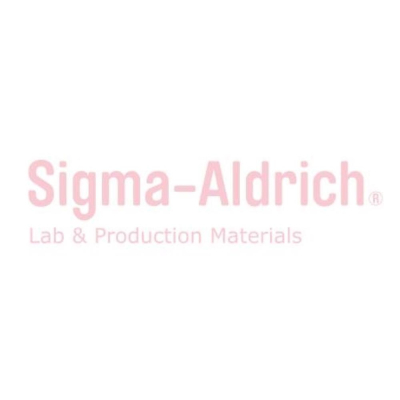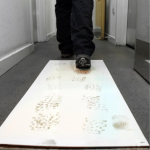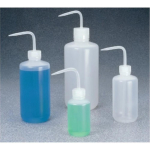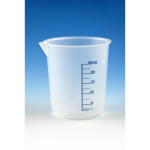Application
Laminin from human fibroblasts has been used: in coating six-well plates for wound healing assay as a substrate in cell adhesion and spreading assay for differentiation of human embryonic stem cells (hESCs) and human induced pluripotent stem cells (hiPSCs) toward dopaminergic neurons in corneal endothelial cell wound healing (migration) assay and corneal endothelial cell barrier assayLaminin from human fibroblasts is recommended for use as a cell culture substratum at 1-2 ?g/cm2. The optimal concentration does depend on cell type as well as the application or research objectives.
Biochem/physiol Actions
Laminin proteins are integral components of structural scaffolding in animal tissues. They associate with type IV collagen via entactin and perlecan and bind to cell membranes through integrin receptors, dystroglycan glycoprotein complexes and Lutheran blood group glycoproteins. Laminin has active domains for collagen binding, cell adhesion, heparin binding, and neurite outgrowth fragment. Laminin supports growth and differentiation of many cell types including epithelial, endothelial, neural, muscle and liver cells.
Caution
It is recommended to store this product at -70°C, where it will remain stable for two years.
Components
Laminin is an extracellular matrix multidomain trimeric glycoprotein, and is the main non-collagenous component of basal lamina that supports adhesion, proliferation and differentiation. Laminin is composed of both A, B1 and B2 chains, which are connected by many disulfide bonds. This laminin product is produced by human fibroblasts and epithelial cells in a co-culture system and then purified biochemically.
Preparation Note
This product is supplied at a concentration of 0.5 mg/mL in TBS. Thaw this solution slowly before use at 2-8°C to avoid gel formation. For use as a coating, dilute in a HBSS, coat culture surface with a minimal volume and incubate at 37°C for 1-2 hours. Wash 3 times with HBBS before plating cells. Laminin coatings can be stored for one month at 2-8°C.











